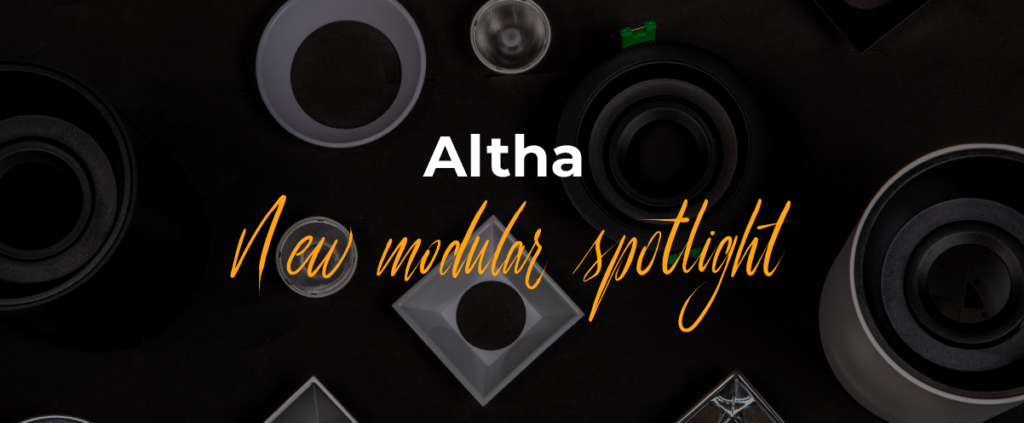We are going to review the essential sensors that we can install when it comes to proposing an effective lighting control solution that takes into account their function, such as regulating lighting in corridors so that we never find ourselves in the dark while avoiding unnecessary lighting with the presence sensors. We can also regulate the flow of the luminaires so that, taking advantage of the natural light that penetrates the different rooms, we can save energy without losing comfort by maintaining a homogeneous level throughout the day or we can even modify the colour temperature of the light to adapt it to the needs of our biological rhythms.
Occupancy detection
Using motion detectors we will guarantee the activation of the lighting system when necessary…and only when necessary.
There are several types of detectors depending on the type of installation, its application or the technology used. The choice of the appropriate device is essential to ensure the correct operation of the installation, so we will have to take into account the sum of all these variables:
-
Type of installation:
Ceiling or Wall
Built-in or Attached
Indoor or Outdoor
-
Application:
Corridors, passageways, toilets
Classrooms, offices
Industrial environments
Parking
-
Technology:
PIR (Passive Infrared)
Ultrasound or microwave
The output control signal that we use, from the power cut-off of the luminaires to devices that generate a communication signal such as DALI or 1-10V, for dimmable luminaires with which to configure advanced operating modes, and the choice of whether the detector incorporates a photocell that limits the activation only when the ambient light level is insufficient, complete the set of parameters that we have to define when projecting.
Automatic regulation according to the natural light supply
In environments where natural light is available, such as windows or skylights, artificial light is not necessary for most of the day.
But what happens at other times when only the amount of natural light is insufficient to guarantee the appropriate levels of brightness, but the lighting system exceeds these minimums by far? The best way to efficiently solve this situation, maintaining a constant level of lighting throughout the day, is through the installation of photocells and then configuring our control system to maintain the preset level. To do this, we have to take into account both artificial and natural light in order to ensure that each luminaire provides the necessary flow to guarantee the desired amount of light, no more.
In this respect, the regulations, the CTE Basic Document HE3 in section 2.3.(b) it is clear: daylight utilization systems shall be installed whichautomatically and proportionately regulate the level of illumination by means of a light sensor according to the natural light input of luminaires in rooms less than 6 metres deep and in the first two parallel lines of luminaires situated at a distance of less than 5 metres from the window.
As an example, in an office with 3 lines of luminaires parallel to the window, with natural light on a sunny day, the first line will probably be off, the second at 30% flow and the third at 60%. In this way we will have a homogeneous working level, in the case of an office, around 500lx.
These sensors can be autonomously operated, with a reference level that can be recorded or, if connected to an advanced control system, serve as measurement indicators. For this, through the control system, we will configure the operating guidelines. These can be fixed throughout the day or variable depending on the criteria of use of the facility or a certain schedule. In the same way we can place them on the surface where we want to guarantee the reference level or measure the entry of natural light and based on this measure extrapolate the artificial light needed in our installation. On the one hand, the amount of light and on the other, the type of light…
Change in light color temperature
There is a whole stream of study and development of light sources and human-oriented control systems (HCL or Human Centric Lighting), which focuses on how light affects our health, performance, mood or simply the comfort it provides.
One of the key points of this movement comes from the fact that current technology allows, in a simple way, to select a variable color temperature within the same luminaire. Multiple studies support the importance of the influence of light and color temperature on biological rhythms. he wavelength that the human eye perceives, seems to condition the segregation of some relevant substances in our health.
The combination of a variable color temperature light source with a control system to manage that change appears as a resource to take advantage of the opportunity to create healthy light. Today we can emulate the different ways in which we receive natural light at all times and minimize the impact in the absence of it.
Telecontrol and Tele management
Devices connected to the internet, of all kinds, the internet of things or IoT (Internet of Things).
The possibility of interconnecting sensors and detectors is opening up a world of possibilities. The amount of information we can collect both locally and remotely allows us to adjust the operation of each luminaire in real time and control a multitude of factors such as occupation, the level of natural light at that time or the time of day. Once these variables are combined, we can adjust the activation of the lighting system according to the desired flow and the most suitable colour temperature if it detects presence.
These are some of the keys to designing and implementing efficient lighting control systems. With an interconnected network of suitable detectors and luminaires that can be dimmed in terms of flow and colour temperature, we will turn the lighting system into an intelligent one.
Óscar Fañanás Mata, Head of Control Systems at Prilux









